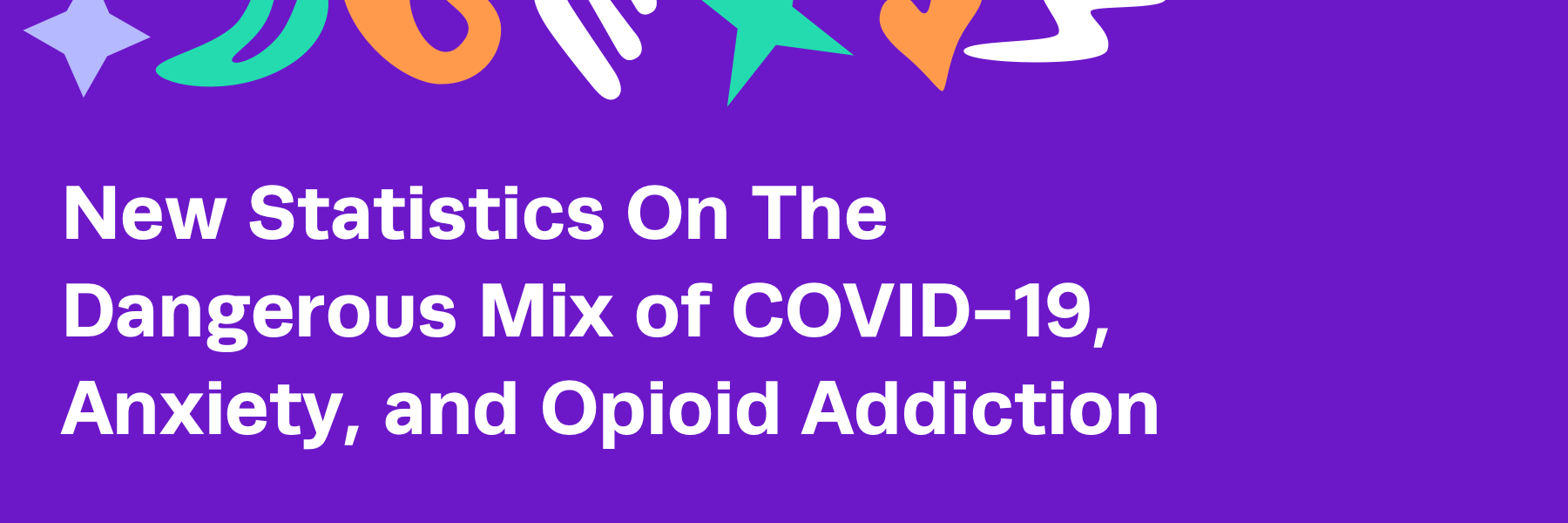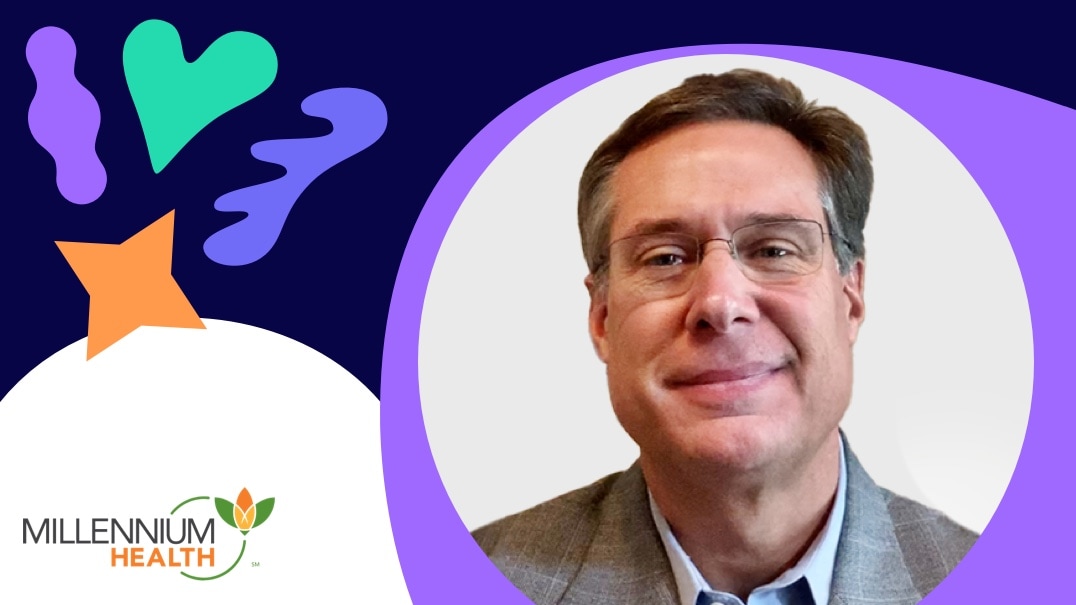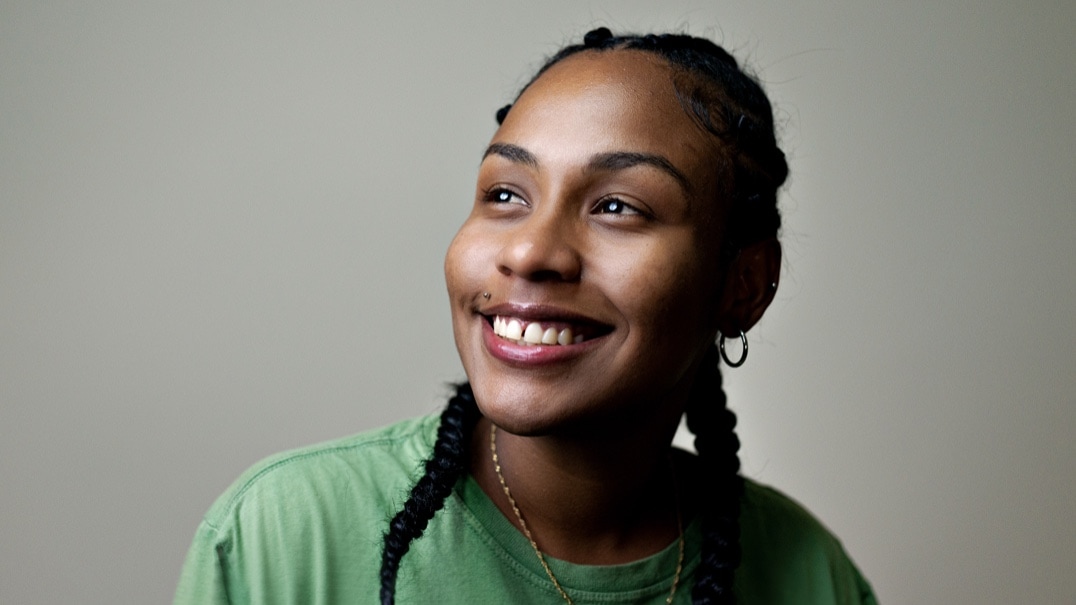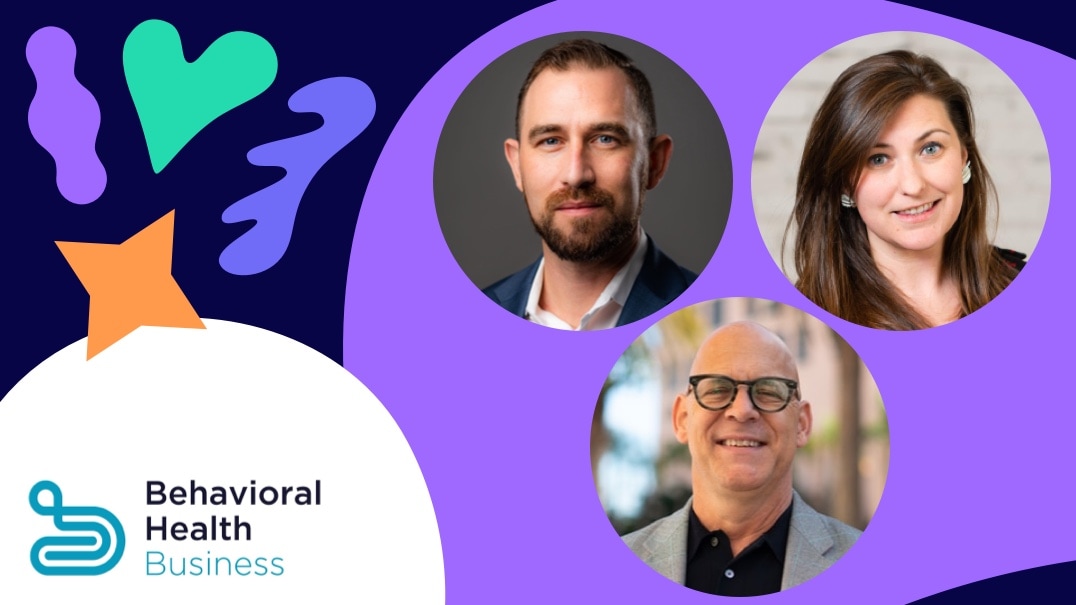New Statistics On The Dangerous Mix of COVID-19, Anxiety, and Opioid Addiction

As the COVID-19 pandemic wears on, those who suffer from addiction face an ever-growing list of challenges in getting the care they need, with many more seeking help for the first time. Treatment professionals are desperate for new ways to successfully treat their patients.
As it stands right now, we have a long way to go. A look at the new statistics from Siena reveals just how deep and dangerous this issue is. We don’t know when the pandemic will subside, but what we do know is that the COVID-19 pandemic has changed our society, including the way we provide addiction treatment and the men and women who deliver much-needed services every day. While states like Vermont have managed to keep infections, hospitalizations, and death rates low, other states are spiking. Caregivers in Texas, California, and Florida are fatigued, still risking infection, testing and caring for the rushes of new patients, and navigating compliance restrictions, financial concerns, and access to meds, all while searching for new ways to reach out and restore communication and to continue treatment programs. Inpatient, outpatient, methadone clinics, residential facilities, detox, and sober living facilities are all scrambling to keep the lifelines within reach. All this without the proven in-person group and one-to-one formats that have become crucial elements of successful treatment.
Challenges for Addiction Recovery During COVID-19
Individuals working for their recovery are now in a life and death struggle. The two great epidemics of our generation — opioid addiction and COVID-19 — are intersecting in ways that impact and worsen each other. For individuals in recovery, the following can make sobriety challenging:
- The social distancing
- Lack of work
- Homelessness
- Anxiety
- Shattered treatment models
- Fear of the future
- The crushing loneliness of isolation
In many cases, derailed sobriety and will require a reset on the continuum of treatment (if they’re receiving treatment at all).
In some areas, COVID-positive units have been established to treat patients who have been infected and test positive, and many addiction treatment centers are doing the same. Dr. Kenneth Stoller, director of the Johns Hopkins Broadway Center for Addiction in Baltimore, says, “The commitment to caring for those with addiction disorders is as strong as ever, it’s frankly much more likely that they would die from their addiction than dying from COVID,” he said, “and so we’ve made the choice to continue caring for them, fully realizing the risk.”
Stroller is spot-on. New Jersey lost more than 3,000 residents annually to drug-related deaths in recent years, a trend that had started to decline slightly. But, data collected by NJ Cares, the state’s coordinated opioid response effort overseen by the Attorney General’s Office, shows higher numbers of these fatalities in each of the first six months of 2020 when compared to last year. “It’s more dangerous than ever for some with heroin addictions, finding the drugs they need every day to avoid life-threatening withdrawal presents new challenges,” said Stoller. And to make matters worse, renewed lockdowns in some areas of the country have made it hard for dealers to operate in the open, and supply chain disruption has led some distributors to mix their products with more deadly substances, like fentanyl. COVID-19 has caused so much disruption that it’s often difficult to fully understand the true depth of the damage to the fragile, hard-earned achievements of recovery.
An Economic Epidemic
The millions of Americans still unemployed have created an economic epidemic, that of loss. Perhaps permanent loss. Economic wreckage we haven’t seen since the Great Depression. “As long as there is an economic downturn or as long as there is an unemployment rate that’s increasing we will be seeing more people seeking help. And with COVID, we’re adding to that social isolation,” said Dr. Kaitlan Baston, of the Urban Health Institute at Cooper University Health Care, in Camden, New Jersey. “Social isolation is one of the main drivers of substance use disorder.” The future may be about revision, not resumption. COVID-19 and the exploding demand for treatment. Is it any wonder?
Below, I’ve listed some statistics that I keep handy as a reminder of the many miles we still have to travel before we “eliminate the curve” of opioid overdose deaths. This list will be around long after we’ve tamed this virus, to whatever degree that it’s possible.
- Only 10% of Americans dealing with addiction receive treatment.
- 4% of American teenagers struggle with a form of substance use disorder.
- 14.8% of young adults have at least one form of substance use disorder.
- 1 in every 16 adults reported having a substance use disorder (SUD) in 2017.
- Meth is currently used by approximately 897,000 teenagers and adults in America.
- Approximately 5 million Americans regularly use cocaine.
- Approximately 16% of men in America smoke cigarettes.
- 10% of the people who misuse opioids become addicted to them.
- The number of opioid overdoses in big cities has risen by 54% in 16 states.
These numbers won’t flatten. They will most likely get worse. As the country resigns itself to a long period of social distance, addiction treatment will include dealing with the impact of COVID-19 and its aftermath — and will require a new commitment to restoring what has been lost. We’ll be caring for more patients. And we need to take better care of them as a society. We need to follow the lead of the treatment professionals who will let no obstacle deter them from saving lives.
Lessons from COVID-19
If we’ve learned anything from this pandemic, it is that we are all in this together. In closing, a salute to the new “Greatest Generation.” CDC officials said data provided by the states most closely tracking the occupations of people with the virus suggests that healthcare workers account for about 11% of COVID-19 infections. Ohio reported rates of healthcare worker illness as high as 20%, and Detroit’s Henry Ford Health System reported that more than 700 employees tested positive for COVID-19. The hardest-hit areas suffer a cruel irony. Many healthcare workers — some of the very same men and women who put their lives on the line — are now being laid off or furloughed due to the low number of elective care cases.
While we pray and work for a world without COVID-19 — or addiction — we brace for the battle that together, they continue to bring to our society. Contact Kipu at 561.349.5901 for more information.
Recent Posts
Rely on Kipu to keep you ahead of change.
Subscribe to Kipu for behavioral health news, updates, community celebration, and product announcements.



